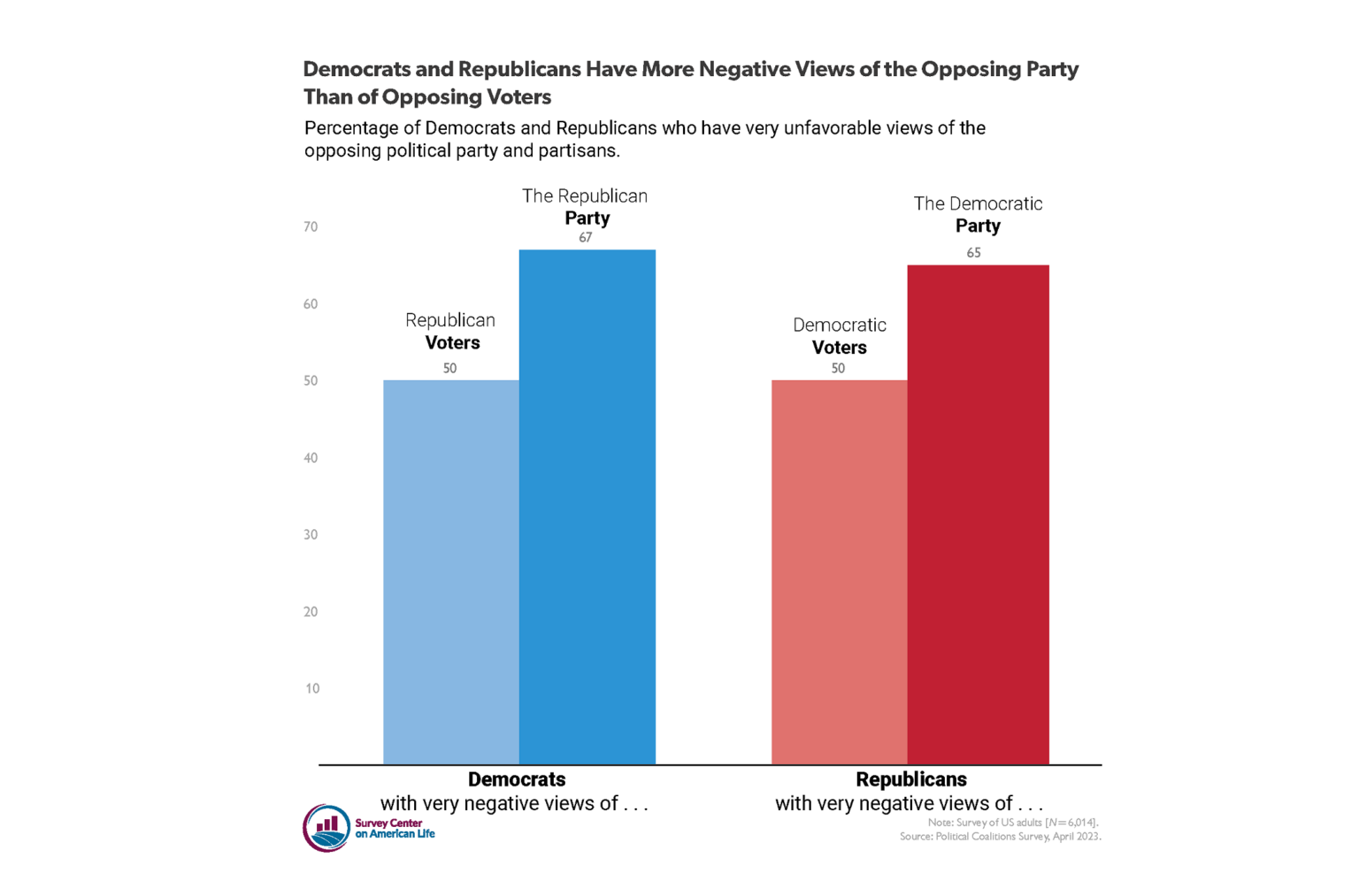US-China Trade Deadlock: An Analysis Of The Breakthrough

Table of Contents
Phase One Agreement: A Stepping Stone or a Mirage?
The signing of the Phase One trade deal in January 2020 marked a significant, albeit partial, resolution to the US-China trade war. However, its long-term effectiveness remains a subject of debate. Was it a genuine breakthrough, or merely a temporary respite in the ongoing trade tensions?
Key Provisions of the Phase One Deal:
The Phase One agreement included several key provisions aimed at addressing US concerns:
- Increased Chinese purchases of US agricultural products: China committed to significantly increasing its purchases of US agricultural goods over a two-year period. This was intended to alleviate the hardship faced by American farmers due to the trade war.
- Improved intellectual property protection for US companies: The agreement included provisions designed to strengthen intellectual property rights protection in China, addressing concerns about forced technology transfer and intellectual property theft.
- Currency manipulation commitments from China: China pledged to refrain from manipulating its currency to gain an unfair trade advantage. This was a key demand of the US administration.
- Dispute resolution mechanisms: The agreement established mechanisms for resolving future trade disputes between the two countries, aiming to provide a framework for addressing disagreements more effectively.
Assessment of the Phase One Agreement's Success:
Evaluating the success of the Phase One Agreement requires a nuanced approach.
-
Analysis of China's adherence to the purchase commitments: While China did increase its purchases of some US agricultural products, it fell significantly short of its targets in many areas. This shortfall raised questions about China's commitment to the agreement.
-
Evaluation of the effectiveness of intellectual property protections: The effectiveness of the improved intellectual property protections remains uncertain. While some progress has been made, concerns persist regarding enforcement and the broader issue of intellectual property theft in China.
-
Examination of the impact on US farmers and businesses: The impact on US farmers varied. While some benefited from increased exports, others continued to face challenges. Similarly, the impact on US businesses was mixed, with some experiencing gains while others faced continued difficulties in the Chinese market.
-
Discussion of the limitations and unresolved issues: The Phase One Agreement addressed only a fraction of the broader trade disputes between the US and China. Many significant issues, such as tariffs on various goods and concerns about unfair trade practices, remained unresolved.
-
Bullet Points: While China’s agricultural purchases increased, they fell significantly short of the agreed-upon targets. For example, projected soybean purchases were only partially fulfilled. Several high-profile intellectual property disputes remain ongoing.
Shifting Geopolitical Landscape and its Influence
The US-China trade relationship is inextricably linked to the broader geopolitical landscape. Several factors have influenced the dynamics of the trade deadlock.
The Impact of the COVID-19 Pandemic:
The COVID-19 pandemic significantly altered the dynamics of the trade war.
- How the pandemic altered the dynamics of the trade war: The pandemic disrupted global supply chains, highlighting the interdependence of the US and Chinese economies. Both countries faced significant economic challenges, potentially dampening the appetite for further escalation of trade tensions.
- Increased reliance on global supply chains: The pandemic exposed vulnerabilities in global supply chains, leading to calls for diversification and reduced reliance on a single country for essential goods. This could lead to a reshaping of global trade patterns.
- The role of vaccine development and distribution in shaping relations: The race to develop and distribute COVID-19 vaccines became a new arena of competition and cooperation between the US and China, impacting the broader geopolitical relationship.
Rising Tensions in Other Areas:
Tensions in other areas have also impacted the trade relationship.
-
Taiwan tensions and their impact on trade relations: The increasing tensions over Taiwan have introduced a significant geopolitical element into the US-China relationship, potentially influencing trade negotiations and cooperation.
-
Competition in technology and its implications for trade: The intense competition between the US and China in key technology sectors has added another layer of complexity to the trade relationship, leading to restrictions and sanctions.
-
Human rights concerns and their influence on trade negotiations: Human rights concerns in China have increasingly become a factor in the trade relationship, with some advocating for linking trade concessions to improvements in human rights.
-
Bullet Points: The increased tensions over Taiwan have led to increased US military presence in the region, potentially further straining relations. The US has imposed restrictions on the sale of advanced semiconductors to China, affecting key Chinese industries. Reports on human rights abuses in Xinjiang have led to calls for boycotts of Chinese goods in some sectors.
The Role of Domestic Politics in Both Countries
Domestic political factors in both the US and China play a significant role in shaping their trade policies.
US Domestic Political Considerations:
- Impact of presidential administrations on trade policy: US trade policy has been significantly influenced by the political priorities and ideologies of different presidential administrations.
- Influence of lobbying groups on trade negotiations: Powerful lobbying groups representing various industries exert significant influence on trade negotiations and policy decisions.
- Public opinion and its effect on trade relations: Public opinion in the US regarding trade with China is complex and often divided, influencing the political feasibility of various trade policies.
China's Internal Political Landscape:
-
Internal economic pressures and their impact on trade policy: Internal economic pressures and the need to maintain economic growth influence China’s approach to trade negotiations.
-
Political stability and its role in shaping trade negotiations: Maintaining political stability is a key priority for the Chinese government, affecting its willingness to compromise in trade negotiations.
-
Impact of internal reforms on trade relations: China’s ongoing internal economic and political reforms impact its trade policies and its engagement with the US.
-
Bullet Points: The Trump administration’s focus on protectionism significantly escalated trade tensions. Lobbying efforts by US agricultural groups influenced the inclusion of agricultural purchases in the Phase One agreement. Public opinion polls in the US have shown fluctuating support for increased or decreased trade with China.
Conclusion
The US-China trade deadlock has seen some breakthroughs, most notably the Phase One Agreement. However, this agreement has proven to have limitations and has not fully resolved the underlying tensions. Geopolitical factors, including the COVID-19 pandemic, rising tensions over Taiwan, and competition in technology, have significantly influenced the relationship. Domestic political considerations in both countries also continue to play a crucial role. While some progress has been made, significant challenges remain. Will there be a "Phase Two"? The path forward requires a delicate balancing act between economic interests, geopolitical concerns, and domestic political priorities.
Future Outlook: The future of US-China trade relations remains uncertain. While a full-scale trade war seems less likely in the immediate future, significant challenges and opportunities persist. Further progress depends on a willingness from both sides to address the underlying structural issues and find common ground on key areas of contention. The potential for cooperation on climate change and other global challenges could also pave the way for improved trade relations.
Call to Action: Staying informed about the evolving dynamics of the US-China trade deadlock is crucial. Continue to follow reliable news sources and expert analysis to understand the long-term implications of these developments for the global economy. Understanding the complexities of the US-China trade relationship is crucial for navigating the future of global commerce. Further research into the US-China trade deadlock will yield a deeper understanding of this vital relationship.

Featured Posts
-
 Election 2024 Albanese And Duttons Campaign Strategies Unveiled
May 16, 2025
Election 2024 Albanese And Duttons Campaign Strategies Unveiled
May 16, 2025 -
 Gordon Ramsay On Chandlers Training Before Pimblett Fight
May 16, 2025
Gordon Ramsay On Chandlers Training Before Pimblett Fight
May 16, 2025 -
 Braves Vs Padres Game Preview Atlantas Path To Victory
May 16, 2025
Braves Vs Padres Game Preview Atlantas Path To Victory
May 16, 2025 -
 Record Egg Prices Fall Dozens Now Costing 5 In The Us
May 16, 2025
Record Egg Prices Fall Dozens Now Costing 5 In The Us
May 16, 2025 -
 San Diego Padres Pregame Report Rain Tatis And Campusano News
May 16, 2025
San Diego Padres Pregame Report Rain Tatis And Campusano News
May 16, 2025
Latest Posts
-
 Recruter Des Gardiens Strategies Pour Un Marche Tendu
May 16, 2025
Recruter Des Gardiens Strategies Pour Un Marche Tendu
May 16, 2025 -
 Un Marche Famelique Pour Les Gardiens Perspectives Et Defis
May 16, 2025
Un Marche Famelique Pour Les Gardiens Perspectives Et Defis
May 16, 2025 -
 High Profile Nhl 4 Nations Face Off In Pei Cost Analysis And Legislative Review
May 16, 2025
High Profile Nhl 4 Nations Face Off In Pei Cost Analysis And Legislative Review
May 16, 2025 -
 Pei Legislature Reviews 500 000 Bill For Nhl 4 Nations Face Off
May 16, 2025
Pei Legislature Reviews 500 000 Bill For Nhl 4 Nations Face Off
May 16, 2025 -
 500 000 Pei Bill For Nhl 4 Nations Face Off Legislative Details
May 16, 2025
500 000 Pei Bill For Nhl 4 Nations Face Off Legislative Details
May 16, 2025
